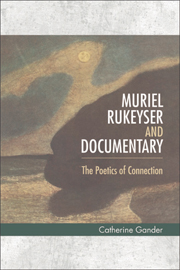2 - The Photo-text
Published online by Cambridge University Press: 05 August 2013
Summary
In the mid- to late 1930s, a new sub-genre of documentary developed in America. Magazine articles reporting the effects of the Depression were relying increasingly on the immediacy of visual impact, and the FSA's photographic file soon became the primary source of images. In January 1936, Survey Graphic was the first non-governmental magazine to feature an extended article on the programmes of what was then the Resettlement Administration, publishing photographs of sharecroppers and tenant farmers in the South. By the end of 1936, other picture magazines, notably those of the Luce empire, Fortune, Life and Look, had also featured RA spreads. These reports became known as ‘picture stories’ or ‘photographic essays’: ‘stories told in pictures, organised so that the communication of ideas and emotions became most effective’.
Although the vast majority of the photographs used were government property, there were some exceptions. The photographer Margaret Bourke-White, who worked originally in freelance advertising, became one of the most prominent Depression photographers, working for Fortune magazine in 1934 before becoming Life magazine's first staff photographer in 1936. In 1937, she and the writer Erskine Caldwell (whom she married in 1939) extended the photo-essay format in the first collaborative American documentary photo-book of the 1930s, You Have Seen Their Faces. In each of the book's sections, a short essay by Caldwell describes various aspects of tenant life, followed by a collection of captioned photographs by Bourke-White.
- Type
- Chapter
- Information
- Muriel Rukeyser and DocumentaryThe Poetics of Connection, pp. 23 - 72Publisher: Edinburgh University PressPrint publication year: 2013



